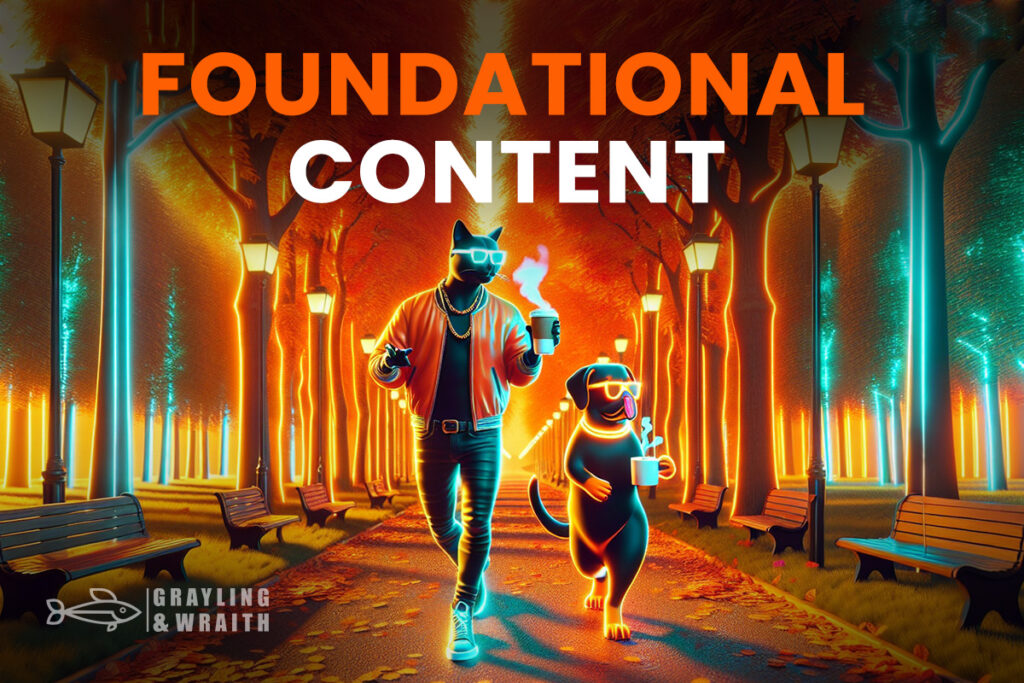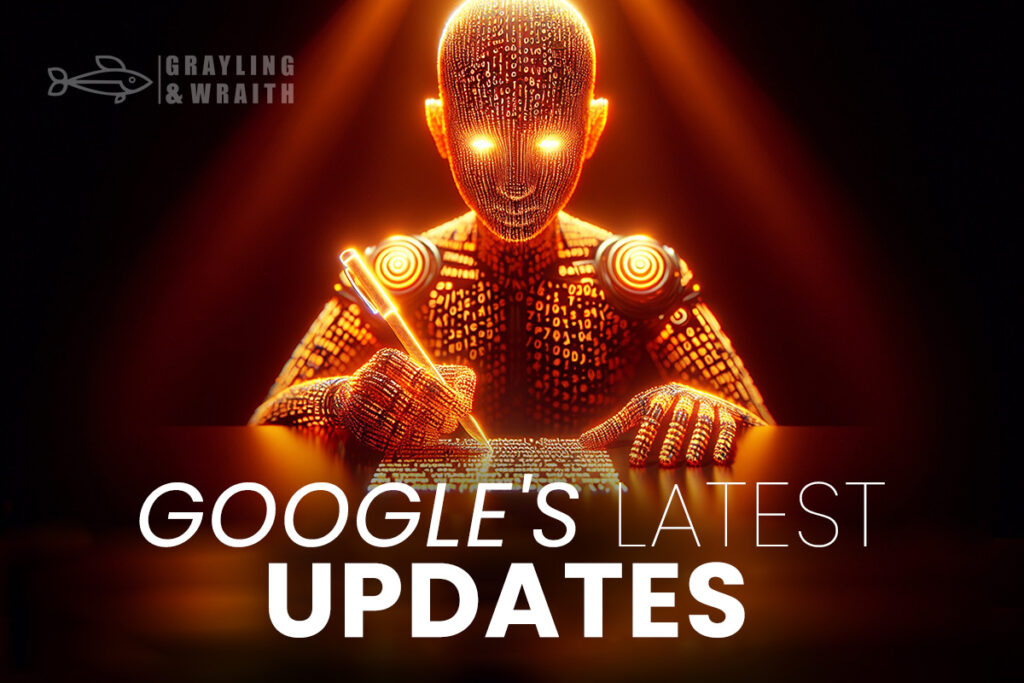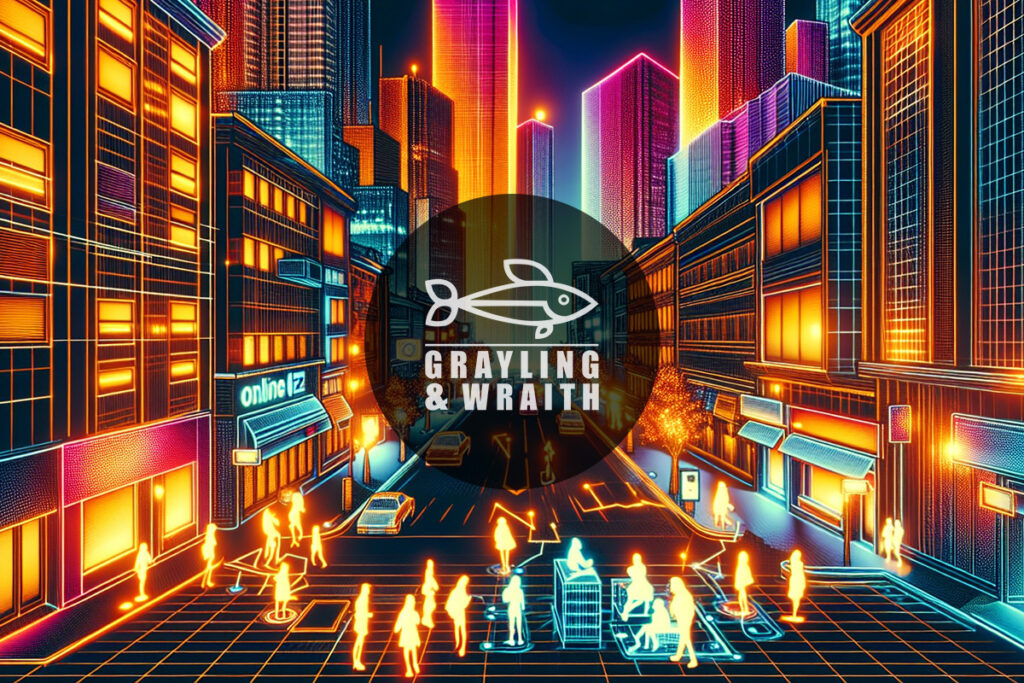Unveiling Generative AI: Shaping the Future of Creativity
Imagine an AI that not only comprehends data but also crafts entirely new content—art, music, and stories—with its imagination. This isn’t a futuristic dream; it’s the reality of Generative Artificial Intelligence (AI). Generative AI is a subset of artificial intelligence that goes beyond traditional problem-solving. It empowers machines to create, mimicking human creativity and innovation.
The key difference lies in its ability to autonomously produce content, allowing for generating fresh, original material rather than relying solely on predefined rules and patterns. In today’s technological landscape, Generative AI stands at the forefront of innovation, holding profound relevance across multiple sectors. From revolutionizing the way art is conceptualized to impacting practical fields like healthcare, finance, and more, its implications are far-reaching.
Throughout this article, we’ll take a comprehensive dive into the essence of Generative AI—exploring its functionalities, distinguishing features from conventional AI models, and showcasing its diverse applications across various industries. Welcome to the world of Generative AI, where creativity and technology converge to shape the future. Join us on this journey to unlock the intricate mechanisms, practical applications, and exciting potential of Generative AI.

Understanding Generative AI: Unlocking Innovation in Simple Language
Explaining Generative AI in Layman’s Terms
- Definition and Functionality: Generative Artificial Intelligence (AI) is the Picasso of AI models, leveraging data to create new content, transcending the bounds of traditional problem-solving. Imagine it as a digital artist—learning from vast datasets, employing neural networks, and crafting a diverse array of outputs. It brings to life lifelike images from text, generates original music, and composes human-like text, showcasing its potential and versatility across various industries.
- Basic Examples and Applications: Consider a world where machines not only understand data but also generate novel content. This creativity isn’t confined to art and music; it extends to applications in healthcare, finance, and beyond. From aiding in medical diagnostics to financial data analysis, Generative AI is a game-changer, illustrating the wide-reaching impact of its capabilities.
How Generative AI Differs from Traditional AI
- Contrasting Generative AI with Other AI Models: Traditional AI models function within predetermined limits, excelling in problem-solving. Generative AI, however, breaks free from these constraints, focusing on creativity and imagination. It’s not confined to fixed scenarios but innovates, creating content beyond structured rules. This unique capability allows machines to delve into art, music, and literature, expressing the power of human-like imagination in digital form.
Focus on Creativity and Imagination: Generative AI’s spotlight shines on creativity. Unlike rule-based systems, it’s not bound by specific input-output directives. Instead, it infers and creates content beyond structured learning, mirroring human imagination. This shift in focus elevates Generative AI to new heights, especially in areas where creative output is paramount, impacting industries and shaping the future of AI innovation.

Exploring Generative AI’s Model: Unveiling the Engines of Creative Machines
Overview of Generative AI Models
- Neural Networks and Deep Learning: Generative Artificial Intelligence (AI) thrives on neural networks—a digital emulation of the human brain’s intricate web of interconnected neurons. These networks undergo deep learning, where they ingest and comprehend extensive datasets, recognizing complex patterns and relationships within the data. The magic happens when this learning capability enables the model to venture beyond its initial training and generate novel, innovative content. It’s akin to an artist mastering a craft and creating masterpieces autonomously.
- Types of Generative AI Models (e.g., GANs, VAEs): Within the dynamic landscape of Generative AI, standout models like Generative Adversarial Networks (GANs) and Variational Autoencoders (VAEs) emerge. GANs operate through a fascinating rivalry between two neural networks—the generator and the discriminator. This competition results in the generator striving to produce content that the discriminator cannot differentiate from actual content. On the other hand, VAEs focus on encoding and decoding data, working on statistical representations to create diverse outputs. These models represent the diversity and creativity within the Generative AI domain, each with its unique approach to content generation.
Working Mechanism of a Generative AI Model
- Data Processing and Training: The journey of a Generative AI model starts with data ingestion and processing. The model digests an extensive range of data, learning from it, identifying complex patterns, and refining its understanding. This learning phase is critical—the groundwork equips the model to generate content later autonomously.
- Generation of New Content: Once armed with the acquired knowledge, the model utilizes its learning to create new content. It interprets the data and its learned patterns to craft outputs like images, music, or text that didn’t exist in the original dataset. The interplay of sophisticated algorithms and neural networks drives this process, culminating in the creating of an array of novel and diverse content. It’s this intricate mechanism that encapsulates the essence of Generative AI’s ability to innovate and produce creative outputs without direct human intervention, marking a new era in machine-generated creativity.
Applications and Implications of Generative AI: Redefining Creation and Industry Dynamics
Creative Fields and Content Generation
- Art and Music Creation: Generative AI sparks a renaissance in creative endeavors, offering a compelling fusion of human ingenuity and machine learning. In art, these AI-driven creations challenge perceptions, generating mesmerizing visuals and abstract artworks that provoke thought and imagination. Moreover, in the musical sphere, Generative AI transcends mere notes on a sheet, composing symphonies that resonate with emotion and evoke awe, collaborating with musicians to redefine the boundaries of what constitutes ‘original’ creation.
- Text and Narrative Generation: The introduction of Generative AI into text and narrative creation signals a monumental shift in content generation. This AI’s ability to weave stories and craft narratives parallels human expression, enabling applications such as natural language generation for marketing strategies and developing engaging reports in gaming. Its impact extends to journalism and creative writing, pushing the boundaries of what can be achieved in textual content.
Practical Uses in Various Industries
- Healthcare, Finance, and Retail: In the healthcare sector, Generative AI is a revolutionary tool, offering support in medical image analysis, diagnostics, and drug discovery, enhancing medical professionals’ decision-making abilities. Finance harnesses Generative AI for complex data analysis, risk assessment, and predictive algorithms, transforming investment strategies and market insights. In the retail industry, this technology personalizes customer experiences, optimizes inventory management, and provides trend analysis, reshaping customer interactions and business strategies.
- Impacts and Challenges: While the impact of Generative AI is profound, it’s not without its set of challenges. The ethical implications surrounding biased data and privacy concerns require careful consideration and regulation. Responsible use is essential to mitigate these challenges, ensuring that the implementation of Generative AI aligns with ethical standards while harnessing its full potential for transformative change across industries. Understanding and addressing these implications are key to navigating the revolutionary landscape of Generative AI.

Generative AI’s Role in Future Innovation: Pioneering Tomorrow’s Possibilities
Evolving Possibilities and Potential Advancements
Ethical Considerations and Responsibility:
The trajectory of Generative AI’s advancements hinges significantly on ethical considerations. As this technology progresses, the responsibility to navigate ethical concerns becomes paramount. Addressing biases in data, ensuring data privacy, and fostering transparent AI practices are central to providing honest and responsible deployment. By incorporating diverse perspectives, ensuring fairness, and upholding the highest ethical standards, Generative AI can be a force for positive transformation. Ethical oversight serves as the compass guiding the ethical use of Generative AI, emphasizing the necessity of accountability and ethical awareness.
Future Developments and Trends:
The future landscape of Generative AI teems with potential advancements and emerging trends. Innovations in algorithms promise to infuse enhanced creativity and diversity in the content generated. Furthermore, integrating Generative AI with burgeoning technologies like augmented reality (AR) and virtual reality (VR) foresees a new era of immersive experiences. Accessibility is poised to expand, democratizing the utilization of Generative AI and offering user-friendly tools that cater to a broader demographic. This democratization will spur innovation across varied sectors, from creative arts to scientific research, catalyzing an age of inclusivity and creativity.
In the dynamic arena of technological evolution, Generative AI stands as a linchpin for future innovation. Its trajectory hinges not only on technological advancements but also on ethical considerations that guide responsible development and application. As Generative AI advances, the moral dimension becomes increasingly crucial, ensuring equitable and ethical use. The horizon is rich with potential, promising a future where responsible innovation intertwines with creative expression, steering Generative AI as a beacon for positive change and technological progress.
Paving the Path Forward with Generative AI
Recap of Generative AI’s Significance:
Generative AI’s significance is anchored in its transformative capacity to create and innovate, transcending the confines of traditional AI models. Its ability to autonomously craft diverse content, from art and music to narratives, heralds a new era in creativity and technological prowess. The impact extends beyond creative domains, influencing sectors like healthcare, finance, and retail, revolutionizing processes, and reshaping the dynamics of various industries. Generative AI symbolizes unlimited potential, fueling innovation and challenging conventional norms.
Final Thoughts on Its Impact and Future Evolution:
At the precipice of technological advancement, Generative AI is both a trailblazer and a beacon for ethical progress. The key to its future evolution lies in the responsible and ethical application of this remarkable technology. Striking the delicate balance between technological leaps and ethical considerations ensures a trajectory that advances innovation while upholding ethical standards. As Generative AI evolves, its journey will intertwine cutting-edge developments with a profound sense of moral consciousness, forging a future where responsible innovation and creative expression converge seamlessly.
In the grand narrative of technological evolution, Generative AI emerges not just as a tool for innovation but as a symbol of ethical progress. Its trajectory foresees a landscape where the boundaries between technological marvels and moral responsibility blur, fostering a world where innovation thrives hand in hand with ethical consciousness, heralding a promising future where creativity and ethics coexist harmoniously.

















